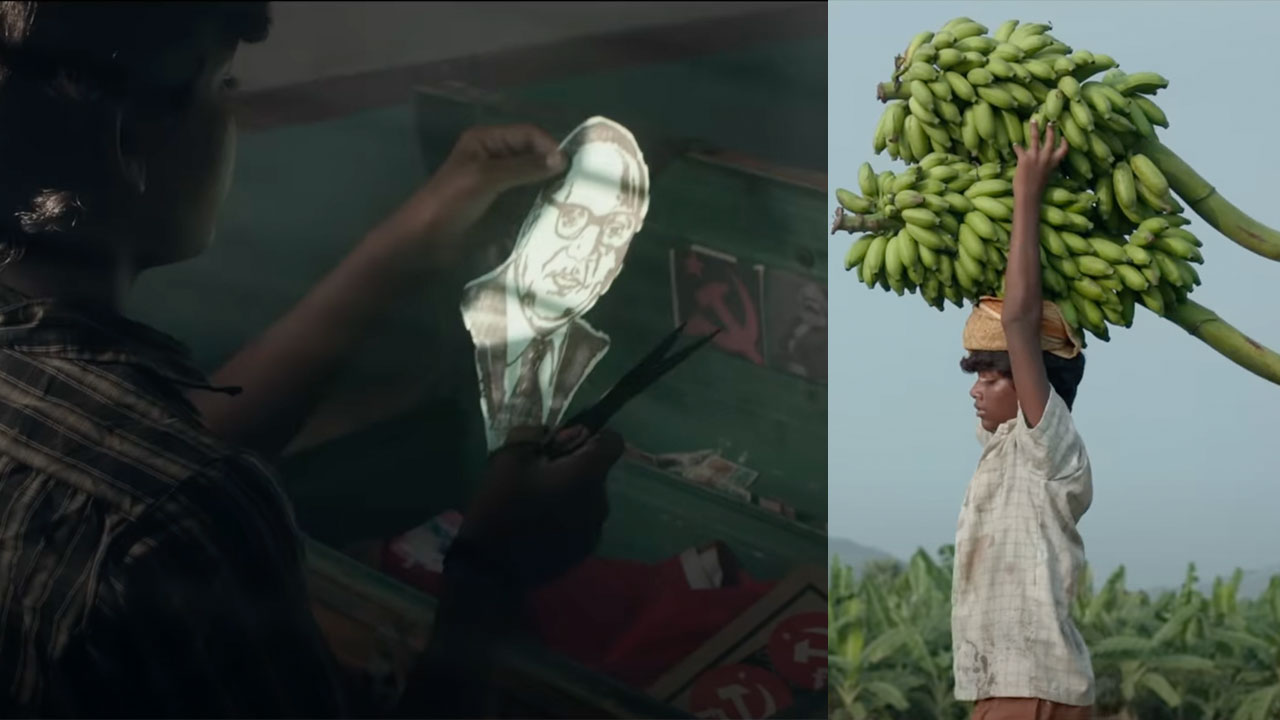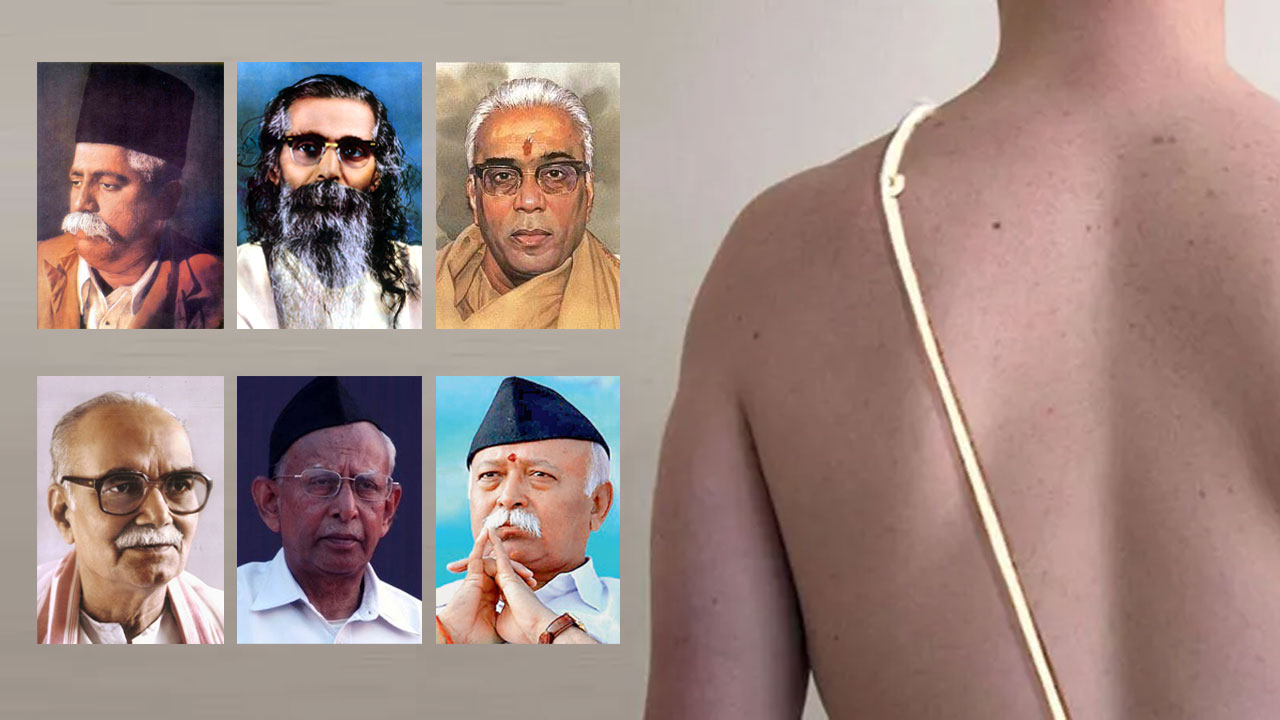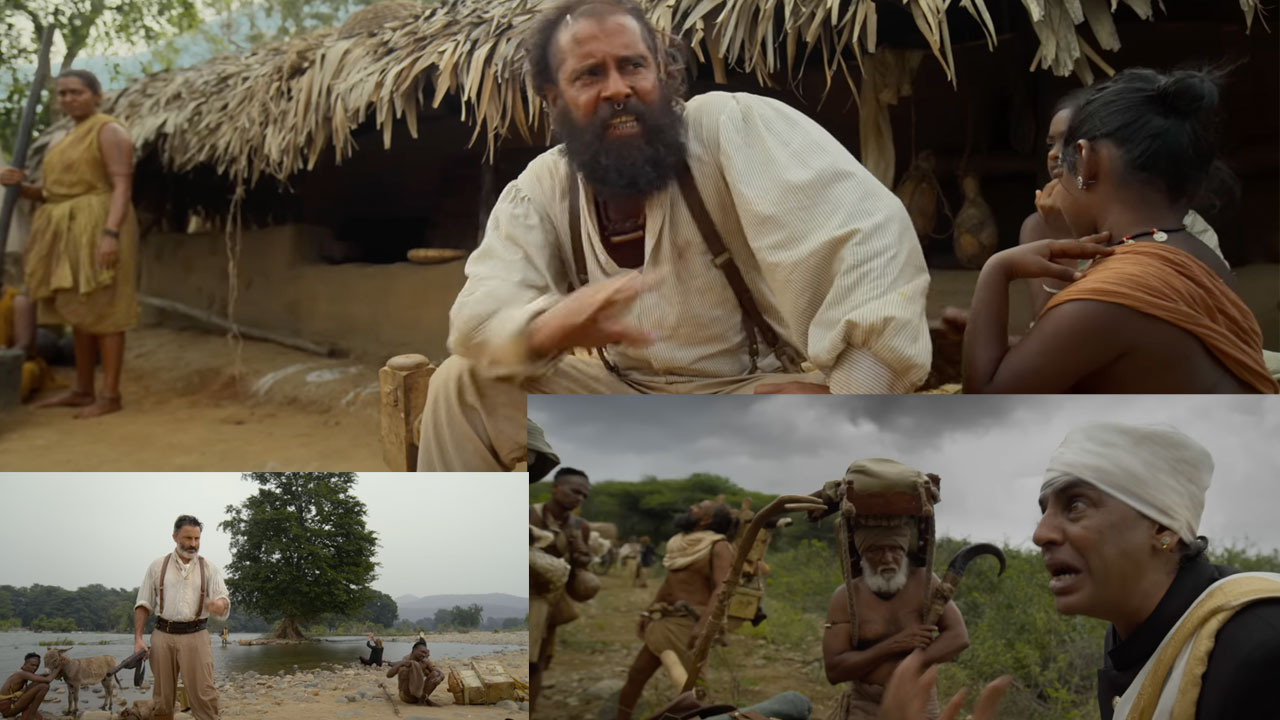The city of Gorakhpur and the neighbouring areas are littered with the memories of three great realists of their times – Buddha, Kabir and Premchand. Nathpanthis can be appended to the list. A large number of Dalits, Backwards and Pasmanda Muslims were associated with the Nath Panth. The Nath Panth also had a singing tradition, almost all the adherents of which were Pasmanda Muslim. Some of them can still be seen singing today. However, today, the Gorakhnath Temple, the Sadhna Peeth of Gorakhnath in Gorakhpur, has become a citadel of the brahmanical-communal elements. Uttar Pradesh Chief Minister Yogi Adityanath is the Mahant of this Peeth.
Though born at Lumbini in Nepal, Buddha spent a better part of his life in the present-day Siddharthanagar (Uttar Pradesh) and Kapilvastu (Nepal), where one night Buddha left his palace, as his wife and son lay asleep, to explore ways of mitigating the sorrows of mankind. Buddha passed away in Kushinagar, about 45 km from Gorakhpur. Thus, Buddha spent most of his life in Uttar Pradesh, Bihar and the Terai (lowlands) of Nepal. Kabir died in Maghar near Gorakhpur. It was believed that one who died at Maghar was condemned to hell. To disprove this notion, in the evening of his life, Kabir moved from Kashi to Maghar. This underlines what an iconoclast he was.
This region holds an important place in the history of the Indian freedom struggle. About 15 km from Gorakhpur is Chauri-Chaura. A large number of Dalits, Backwards and Muslims of the area joined the Non-Cooperation Movement launched by Gandhi. A peaceful procession of the freedom fighters was fired upon. The incensed protesters burnt down the Chauri-Chaura police station, killing around 24 policemen. The government had cases registered against many of the protestors. A lower court awarded the death sentence to 147 people. But later, the high court sentenced 19 to death, one to life imprisonment and acquitted the rest. Most of them were Dalits, Backwards and Pasmandas. This incident had national repercussions and triggered a debate on violence and non-violence. Gandhi postponed his movement.
Renowned Hindi author Munshi Premchand was born at Lamhi village, near Benaras, in Purvanchal but he spent an important part of his life in Gorakhpur. He was a deputy inspector in the education department here. Inspired by Gandhi’s Non-Cooperation Movement, he quit his job. His eldest son Amrit Rai was born in Gorakhpur and it was there that another son succumbed to smallpox. He wrote one of his most important novels, Husn-e-Bazar (in Urdu) while he lived here. Later he translated it into Hindi with the title Sewasadan. The house where he lived in the Betiahata locality, near Normal School, is surrounded by a park. At present, this house is the base for the Premchand Sahitya Evam Shodh Sansthan. Behind the house is an Idgah. It is believed that Premchand’s classic short story of the same name was inspired by this Idgah. Gorakhpur was witness to other events in Premchand’s life. It was here that he met the poet Firaq Gorakhpuri. After resigning from government service, Premchand lived at Pipiganj, near the town. His son Amrit Rai has recalled all this and more in his biography of Premchand Kalam Ka Sipahi.
But despite its glorious history and political and literary legacy, Gorakhpur and the neighbouring areas are steeped in poverty. Every year people suffer massive losses due to floods and droughts. Encephalitis and other epidemics kill hundreds annually. Even 70 years after Independence, one can find the characters of Premchand’s novels and short stories in the towns and the villages of this area. Hundreds of thousands are forced to toil for a pittance far away in Delhi, Mumbai and other megacities to fill their stomachs.
While I was a student at Gorakhpur University, I was associated with a progressive students’ organization. My friends and I acutely felt that if we were to fight the poverty, unemployment and misery of the area, we would have to revive the tradition of the progressive heroes who trod this land. As part of that endeavour, we used to hold programmes on Kabir, Buddha and Premchand from time to time. We would observe Chauri-Chaura Day every year. Later, we felt that Premchand was the biggest cultural and literary icon of this area, and the poverty and misery of Purvanchal, which Premchand witnessed, was reflected in his writings. But even the intellectual class had almost forgotten Premchand. His works were part of the syllabi in Gorakhpur University and that was that.
My friends, including Sadanand Shahi, Rajesh Mall and Anil Rai, concluded that only a cultural awakening could create a fertile ground for people’s movements in this area. And Buddha, Kabir and Premchand had to be the key movers of this awakening. But it was easier said than done.
The Hindi Department of Gorakhpur University had a Premchand Chair but it was dormant. There was the dilapidated house in the Betiahata area of Gorakhpur where Premchand once lived. The house and its illustrious occupant were all but forgotten. As Betiahata was an upscale area, the builders were eyeing the house. They wanted to demolish it and build a shopping mall. In 1987, during the chief ministership of Vir Bahadur Singh, a park was built around the house and a life-size statue of Premchand was installed at its centre. The dilapidated structure housed a small library but for want of a permanent employee, it mostly remained closed. We wanted the historical structure to be handed over to us for the Premchand Sahitya Sansthan. We tried hard but to no avail. Later, Professor Shanta Singh of the Hindi department at Gorakhpur University provided us with two rooms in her house for free. It was here that the Premchand Sahitya Sansthan came into being. We organized several programmes on Premchand and other progressive authors here. We also connected many students to the Sansthan through its library. Many years later, Harishchandra was appointed commissioner of Gorakhpur. He had a deep interest in literature. With his efforts, Premchand’s Betiahata house was allotted to the Premchand Sahitya Sansthan. The government, some well-wishers and we ourselves pitched in to restore the building. While cleaning up, we found a small statue of Premchand in the godown. It was unveiled by Premchand’s wife Shivrani Devi long ago and was dumped in the godown. We had it installed at the main gate of the park.
The activities of Premchand Sahitya Sansthan picked up after moving into the new premises. We established a big library. We also appointed a permanent librarian, although his salary was often delayed due to lack of funds. We used our personal contacts to arrange funds. Even the negligible grant we received from the government was stopped after the Bharatiya Janata Party (BJP) came to power. But we firmly held onto the belief that a lack of resources can only slow down any social work, not put a stop to it.
Be that as it may, this institution is playing a key role in associating the students and youth of Purvanchal with the progressive tradition of Premchand. The institution has held several important events. In the year 2000, it held a national seminar on “Dalit Sahitya ki Avdharna aur Premchand” (The concept of Dalit literature and Premchand). This was the first event in Uttar Pradesh focused on this theme. Almost all Dalit authors of the time participated, including Kanwal Bharti, Mohandas Naimishray and Sheoraj Singh ‘Bechain’. Other participants included leading Hindi writers and critics like Namvar Singh and Parmanand Shrivastava. The debates that took place at the event and the controversies that arose remained in discussion for a long time.

After the Sansthan’s director Sadanand Shahi was appointed professor at Banaras Hindu University, we held several programmes on behalf of the Sansthan in Benaras. The most important of them was an international seminar held from 6-8 November 2005 on the topic “Godan ko Phir se Padhte Huye”. Besides India, scholars from America, England, Germany, Czechoslovakia, Mauritius and Surinam with a keen interest in Premchand’s literature took part in the event. This was the first seminar of the kind on Godan.
After the seminar, the Sansthan decided to launch a magazine, Karmabhumi, centred on Premchand. This is a biannual publication, entirely based on Premchand’s literature. There have been issues on Kafan, Godan and Sewasadan as well as those on the entire corpus of literature of Premchand.
After the posting of a progressive, literature-loving officer in the Gorakhpur Development Authority (GDA), several new projects were taken up with his cooperation. A research institute has been established under the Sansthan. Fellowships are given to two scholars every year for research on Premchand’s literature. They can stay at the guest house (still under construction) of the Sanathan and also use its library. An art gallery and a museum are also coming up on the premises. We plan to preserve photographs related to Premchand, his manuscripts and personal effects. The Premchand park has an open-air stage for performing plays and the walls of the park have paintings based on Premchand’s works. Today, the Premchand Sahitya Sansthan and Premchand Kala Park have become a beehive of activities related to art, literature and culture in Gorakhpur. This has become the regular venue for programmes organized by the Indian People’s Theatre Association (IPTA), Dalit cultural and literary organizations, Janvadi Lekhak Sangh, Pragatisheel Lekhak Sanghathan and Jansanskriti Manch. Recently, a website of the Sansthan was launched to inform the wider public about the activities of the institution and the programmes to be held there. We have no doubt that the Sansthan will play a key role in cultural awakening not only in Gorakhpur but also in the rest of Purvanchal.
(Translation: Amrish Herdenia)





